American Alligators

Let's Learn About American Alligators
Word of the Week
Semi-Aquatic
Semi-aquatic animals spend some time in water and some time on land. American alligators hunt and cool off in water, then come onto land to warm up in the sun.
Turtles, river otters, and beavers are also semi-aquatic.
Fast Facts
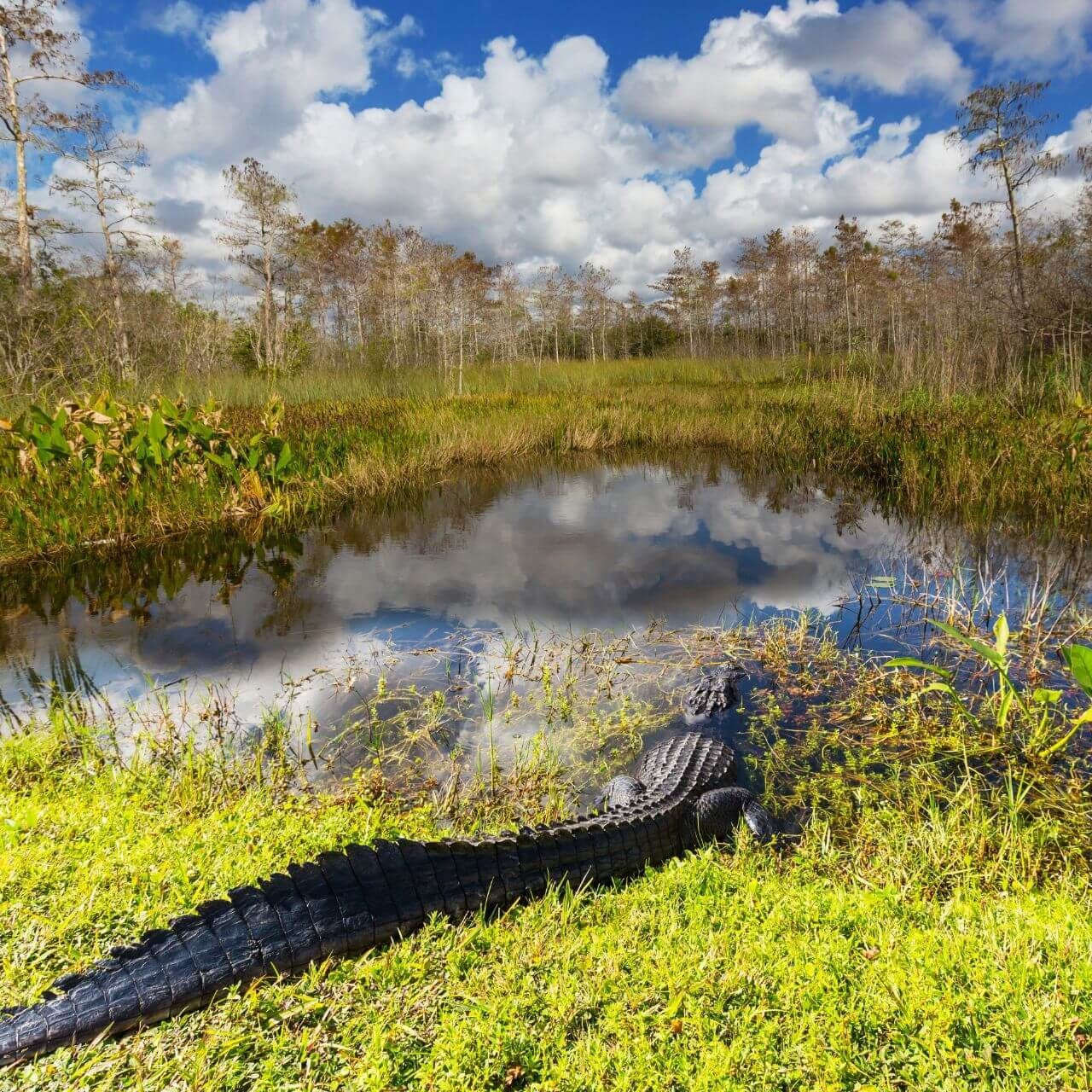
Where do American alligators live?
American alligators live in the southeastern United States.
They live in Florida, Georgia, Alabama, Mississippi, and other southern states with warm, humid climates. They are found in and around wetland habitats like lakes, rivers, and swamps.
What do American alligators eat?
Like all crocodilians, American alligators are carnivores.
They commonly eat fish, ducks, turtles, snakes, raccoons, carrion (dead meat), and even other alligators. Small alligators feed on smaller prey. Their diet also depends on the season and where they live.
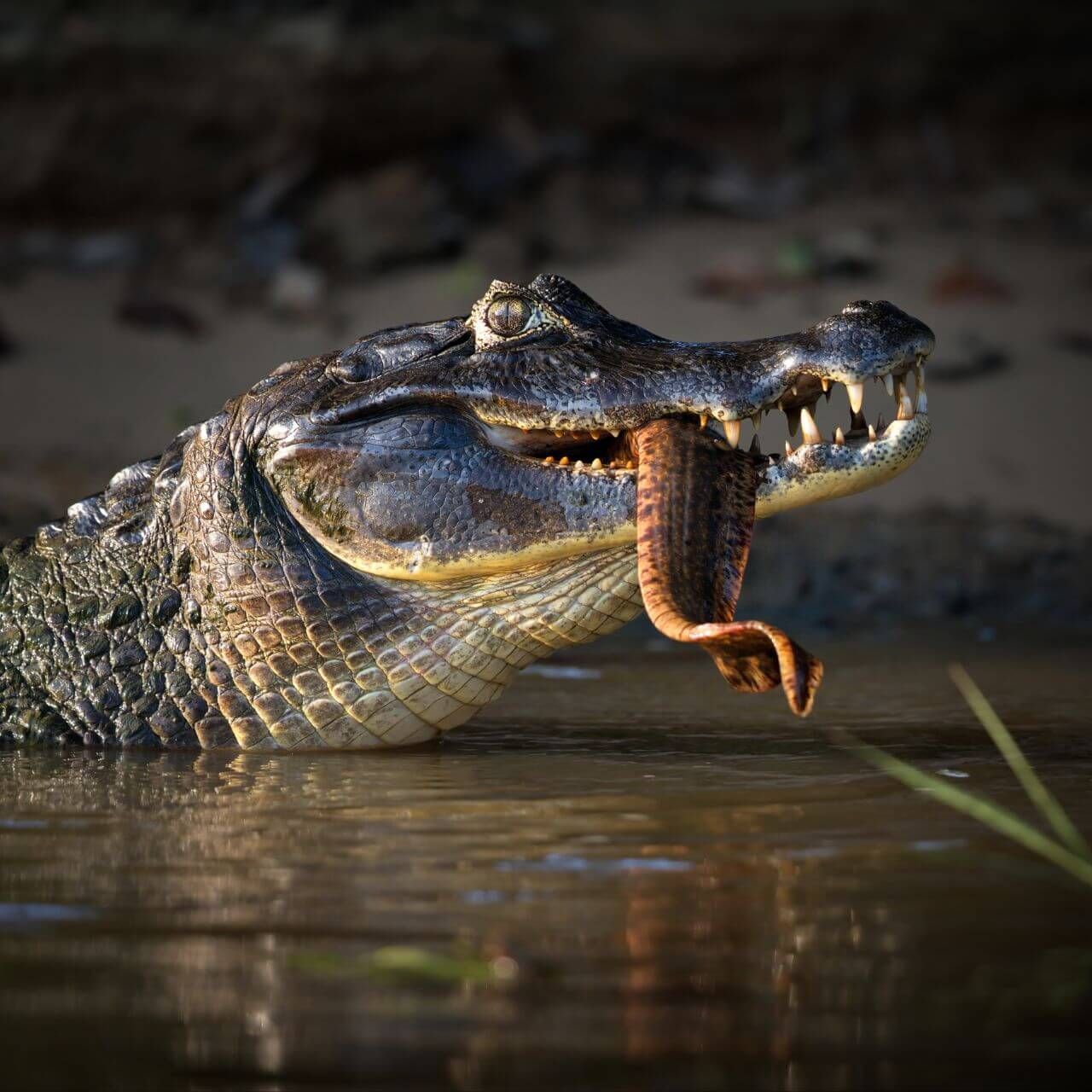
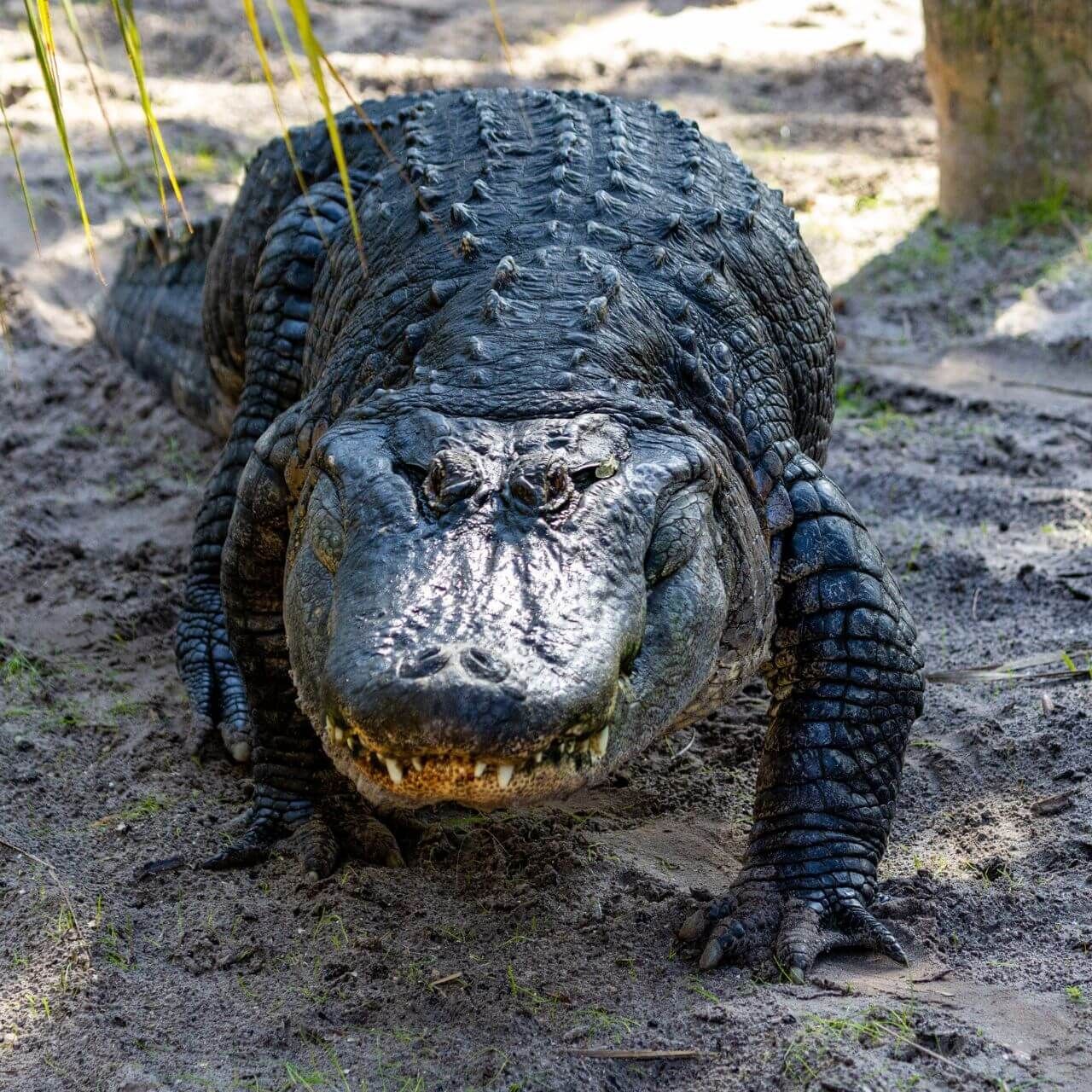
What traits do American alligators share?
American alligators are related to other crocodilians, so they have a lot in common.
- They are semi-aquatic.
- They swim using a powerful tail.
- They lose and replace teeth.
- They have bony plates under their scales called osteoderms.
- Females lay eggs.
How many American alligators are there?
Luckily, American alligators are not threatened with extinction.
Scientists estimate there are more than 750,000 American alligators in the wild. However, they do face several threats, such as destruction of wetland habitats and poaching.
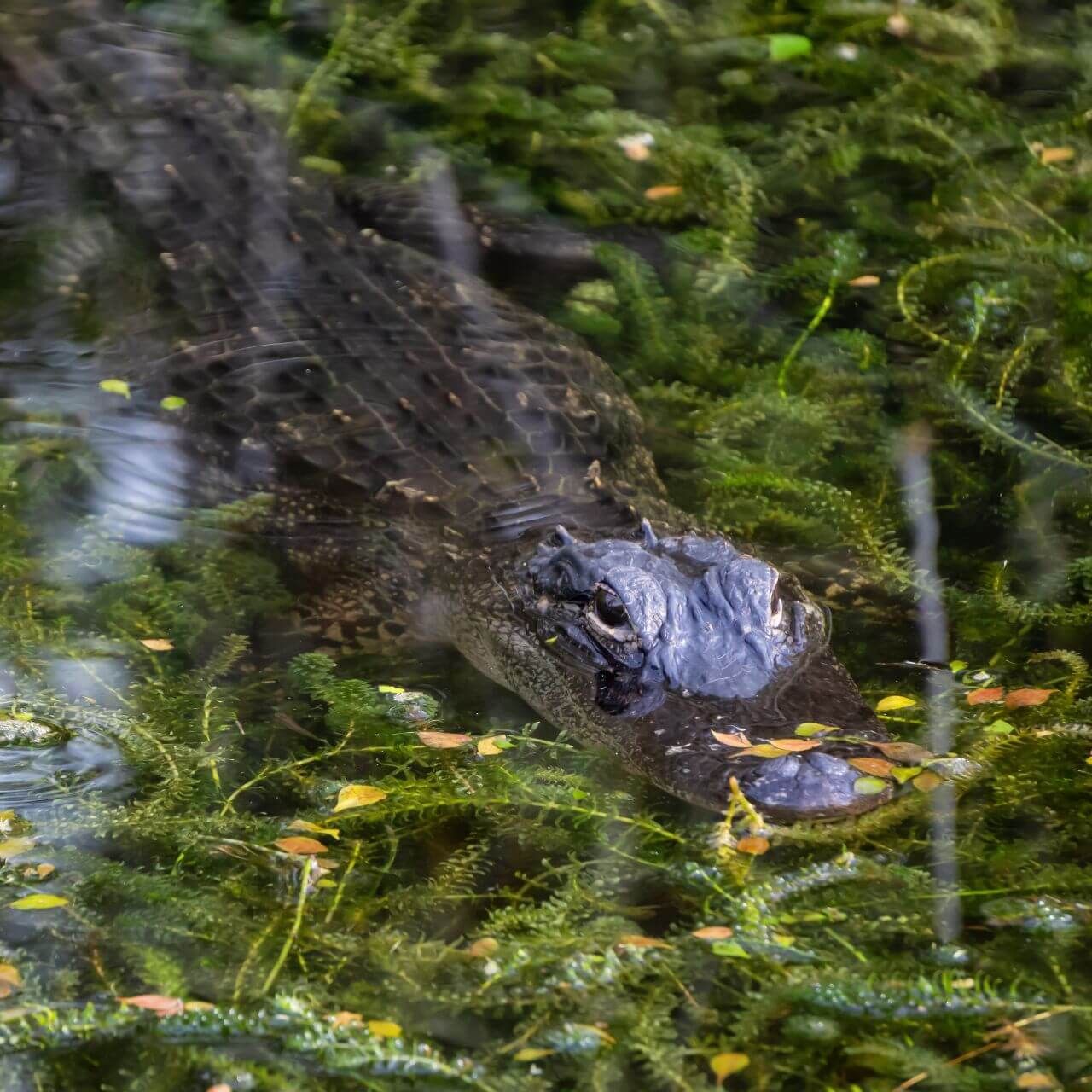
Species Spotlight
Alligators Vs. Crocodiles
Did you know there are only two species of alligators? It can be hard to believe since there are more than 20 species of crocodiles!
Alligators and crocodiles are closely related, so they have many traits in common. They are both semi-aquatic carnivores that swim using a strong, paddle-like tail.
In the southeastern United States, the American alligator’s range overlaps with the American crocodile. They can even live in the same swamp or wetland. It is challenging to tell them apart because of their similar appearance. Luckily, there are some simple ways to identify them!
1. Snout Shape:
Alligators have a U-shaped snout. Crocodiles have a pointed, V-shaped snout.
2. Visible Teeth:
Some of an alligator's teeth are hidden in grooves when they close their mouth. Crocodiles have a toothy smile; all of their teeth are visible.
3. Habitat:
Alligators are typically found in freshwater, while some (not all!) crocodiles prefer saltwater.
You can use these helpful tips to tell alligators and crocodiles apart the next time you see them in photos. If you are lucky enough to see one in the wild, make sure you observe from a safe distance.
BRAIN BLAST
After learning about the American alligator, research three species of crocodiles. Using photos and videos, identify what traits make them similar and different from American alligators.
Conservation Corner
Protecting Wetlands
The American alligator is one of the largest reptiles in the United States. They lurk around lakes, rivers, and swamps where they may be mistaken for floating logs. Unfortunately, the wetland environments that American alligators call home are disappearing.
Like many animals, American alligators face more threats as the human population grows. Humans continue to need more space, food, and water. Building dams and channels causes lakes, rivers, and swamps to drain. Some wetlands are filled to create room to build new homes.
Disappearing wetlands are a problem for more than just alligators. Fish, river otters, turtles, muskrats, and other animals struggle to survive without healthy wetlands. Fortunately, we can help protect American alligators and other semi-aquatic animals.
The easiest way to help these animals is to decrease your water use. When we use less water, more water stays in wetland environments to be used by wildlife. We can use less water by…
- Taking shorter showers
- Stopping running water when not in use
- Running washing machines and dishwashers only when full
- Watering gardens at night (when less water will evaporate)
Alligator, Crocodile, or Both?
Determine if each trait below belongs to an alligator, crocodile, or both.
American Alligator Challenge
Describe the similarities and differences between alligators and crocodiles using the packet below.
*Beginner Option: Page 2 only*
Challenge
Draw a large Venn diagram on construction paper. Label it like the one on page 1 of the packet. Describe at least four differences and four similarities between alligators and crocodiles. Then, create your own alligator and crocodile to highlight the differences using the instructions on page 2.
BEGINNER OPTION: Just complete page 2.
Learn More!
Glossary
Adaptation
The process by which a species becomes more fit for its environment over the course of several generations. It is a result of natural selection.
Bellow
A deep roaring sound made by animals like alligators and koalas.
Brackish
A mixture of fresh and saltwater, like where a river meets the ocean.
Brumation
A state of dormancy or inactivity that some cold-blooded animals enter during cold winter months.
Camouflage
The ability for an organism to blend into its surroundings usually to hide from prey or predators.
Carnivore
An animal that eats other animals.
Carrion
Dead meat.
Crocodilian
An order of semi-aquatic, carnivorous reptiles including alligators, crocodiles, caimans, gharials, and false gharials.
Ectotherm
An animal that relies on the outside temperature to regulate their body temperature (reptiles and amphibians). Also known as cold-blooded.
Endangered
Referring to an organism that is threatened with extinction.
Endotherm
An animal that regulates their body temperature internally (mammals and birds). Also known as warm-blooded.
Invasive Species
An organism that has established a population somewhere it is not native to.
Keystone Species
A species whose presence has an unusually high impact on the ecosystem relative to its population size.
Osteoderm
A bony plate found in the skin of animals like crocodiles and Komodo dragons.
Predator
An animal that hunts other animals for food.
Prey
An animal that is hunted and eaten by another animal.
Reptile
A group of ectothermic (cold-blooded) vertebrates that are covered in scales and generally lay eggs.
Semi-Aquatic
Spending some time on land and some time in water.
Species
A closely related group of animals with similar characteristics that are capable of reproducing (example: tigers).
Vertebrate
An animal that has a backbone.
Wallow
Resting in water or mud to cool down.
Wetland
An ecosystem where water covers the soil for part or all of the year.
Sign Up for our Newsletter
Stay up to date with new adventures, live classes, deals, and more!
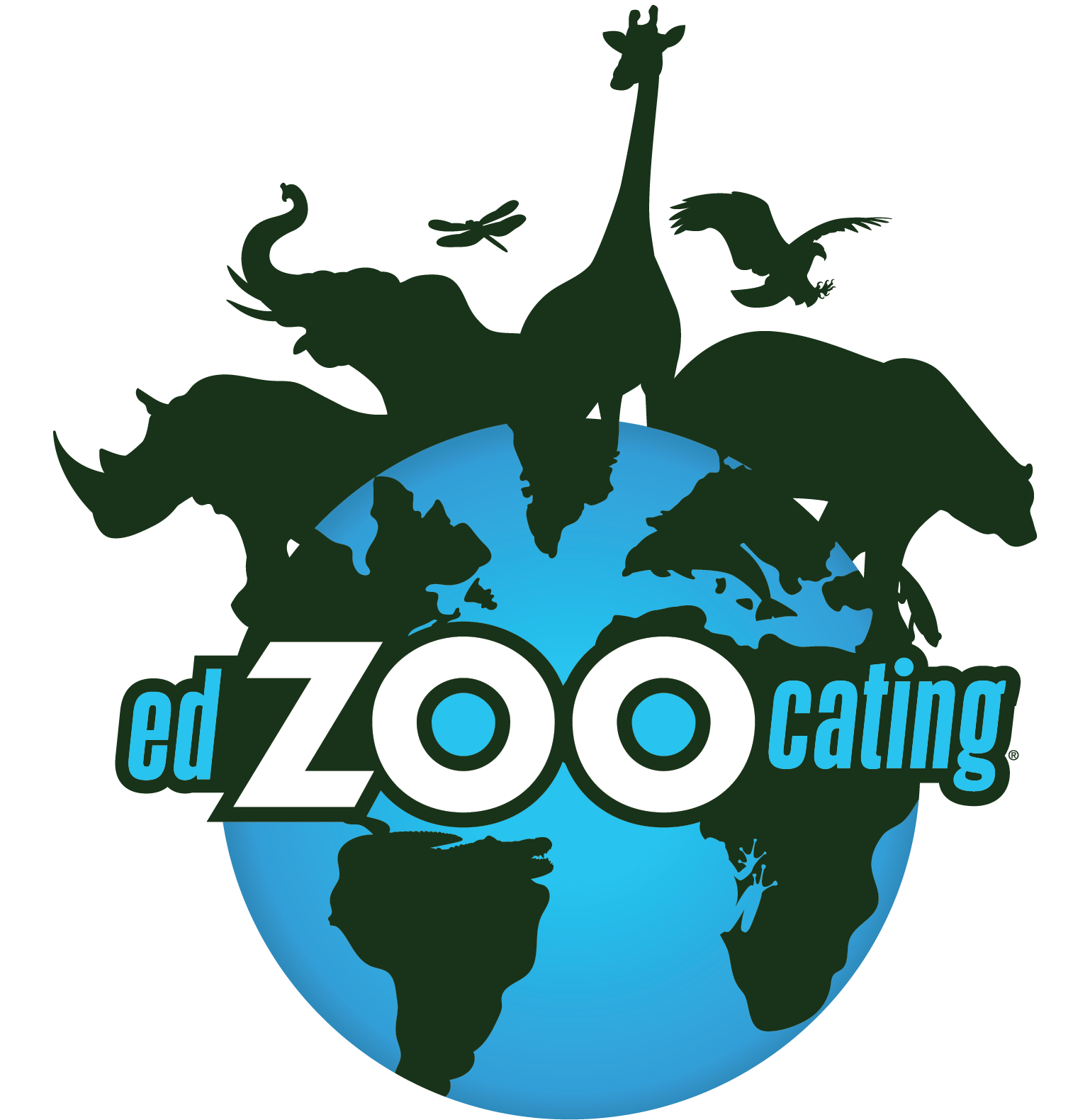
Helpful Resources
*Please note we do not offer refunds for EdZOOcating Adventures memberships. We recommend you explore the 3-day free trial prior to subscribing!*





